
As you travel about the county today, it is difficult to imagine what it must have looked like to the earliest people who ventured here: first the Native Americans and later the hunters from beyond the Appalachians. However we are fortunate to have a significant area of the county in Bernheim Forest that has been allowed to grow back toward its native state; and by looking at it we can gain an idea of the land that greeted these earliest visitors.
Most of the following description is taken from the Bernheim Forest website with permission.
Recent research documented that Bernheim's forested areas are actually a combination of six different forest types, or communities.
Each forest community is made up of a different combination of trees, shrubs and herbs. The unique mix of species in these six communities is determined by the habitat where they are found. For example, some species prefer the moist, shaded conditions along stream edges; others flourish in the harsh, dry conditions along the tops of the knobs.
We will begin with the stream edges and adjacent bottomlands, and proceed upward to the higher elevations in the county.
The community that thrives under the moist conditions of stream edges and adjacent bottomlands is the Sycamore Forest. Sweetgum and tulip poplar join sycamores in the tree canopy, and giant cane is commonly found along the stream edges. Other species that make up this community type are dwarf crested iris, hog peanut, silvery spleenwort, and wingstem. With abundant water, this area would be covered with dense growth, making passage difficult beyond the stream's edge except when animals had made a beaten path.
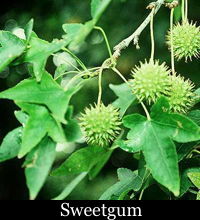
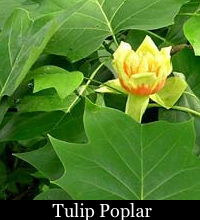

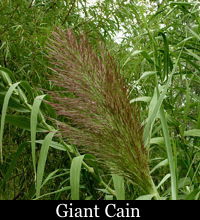
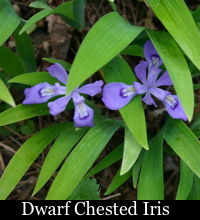
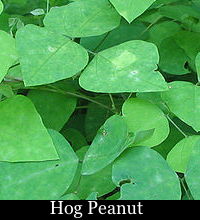
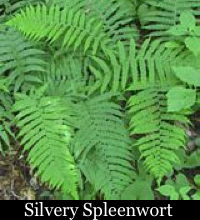
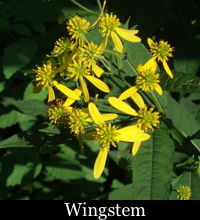
The wildflower-lover's favorite community type is the Beech - Sugar Maple Forest. It is found along moist ravines with limestone bedrock just up the slope from the Sycamore Forest. The diversity of wildflowers within this forest type is spectacular, and includes twinleaf, bloodroot, jack-in-the-pulpit, and trillium. Trees and shrubs include black cherry, hydrangea, pawpaw, and spicebush. Beech-Sugar Maple Forest is widespread at Bernheim, and virtually all our trails travel through it on the lower slopes of the knobs. Early travelers would have found passage easier through this region.

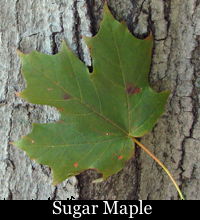
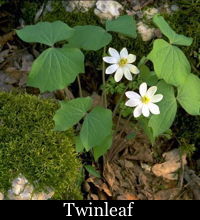
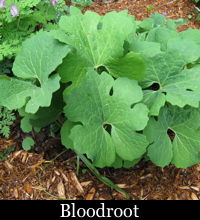
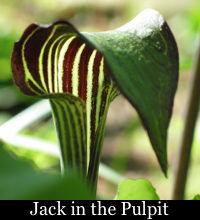
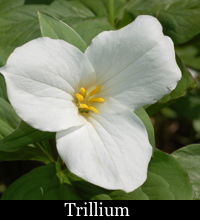
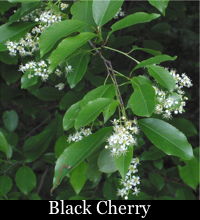

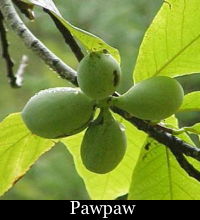
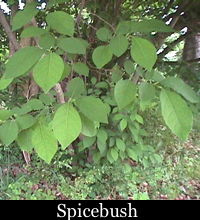
The White Oak - Chestnut Oak Forest grows on the dry, steep upper slopes of Bernheim, and is by far the most extensive community found in the forest. In addition to the oaks, other common species include pignut hickory, lowbush blueberry, greenbriar, panic grasses, and hawkweed. Soils beneath this forest type are acidic, since they formed over shale bedrock. This is typically what you are walking through as you labor up the side of a steep knob, once you get above the Beech - Sugar Maple Forest.
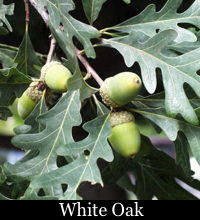
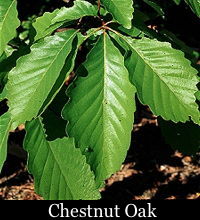
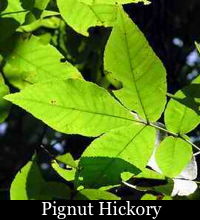
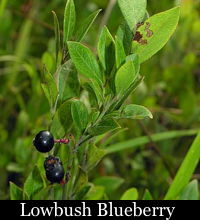
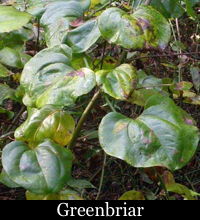
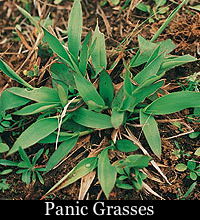
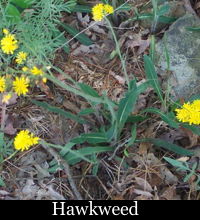
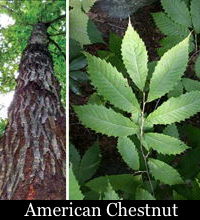
The American Chestnut was once a major part of this community. The chestnut tree was noted for rapid growth and for its ability to sprout freely. Under normal conditions the chestnut tree lived to a great age. It grew on a great variety of soils, but did best on porous soils of moderate depth and fertility, and was well suited with rocky hillsides and gravelly or even sandy soils, but was seldom found on limestone soils. Its majestic height and diameter soared above the surrounding forest, and its wood and nuts were an abundant crop, satisfying man and wildlife's needs. Regrettably, a blight in the early part of the 1900's killed most of the mature trees, although there are still a small number scattered about in various parts of the country.
The White Oak - Black Oak Forest grows in areas with acidic soil and slightly more moisture than the White Oak - Chestnut Oak forest. Typical sites for this community are flat ridgetops. Although these ridgetops are exposed to the wind and sun, their flat nature helps them hold deeper soil and more moisture. Other common species here are red maple, greenbriar and spicebush.

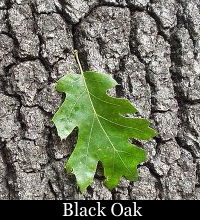
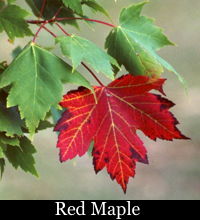


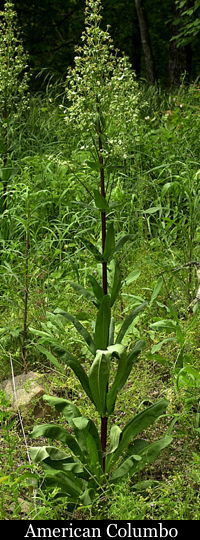
A fifth community, Chinquapin Oak Forest, is found on steep, dry terrain like the White Oak - Chestnut Oak Forest. It grows, however, on alkaline soils that form over limestone bedrock. At Bernheim, these soils are only found deep in the research forest, along Wilson Creek and its tributaries. Sugar maple, blue and white ash, Ohio buckeye, and black walnut are some of the trees associated with this community. Its herb layer is rich and includes American columbo, bee balm, wood mint, leafcup, and four-leaved milkweed.
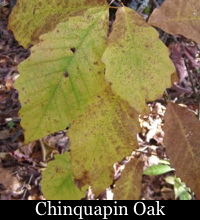

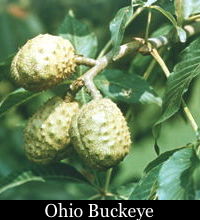
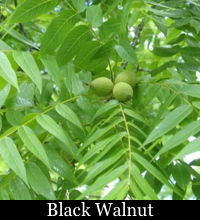
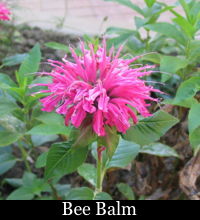
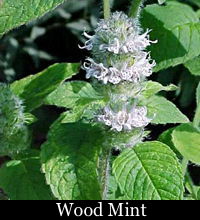
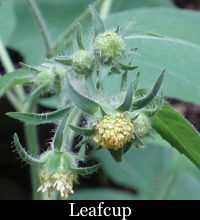
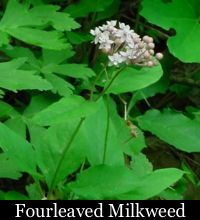

The ridgetops of these two communities sometimes provided meandering paths for wildlife and later man to traverse the land.
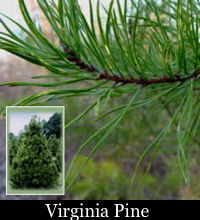
The least-widespread forest community at Bernheim is Virginia Pine Forest, found along the tops of some ridges and on south and southwest facing slopes where exposure to sun and wind is greatest. It's found where soil is thin and rocky, in some of the most inhospitable habitat at Bernheim. Although pines dominate, the community is interspersed white oaks, including scarlet and chestnut oaks. Early pioneers seldom ventured into these forests, and even today they are admired from afar but seldom entered.
While most of Bullitt County was wooded at the time of the arrival of the early pioneers, it would not remain so for long. Wood for building cabins and barns was only a small part of the need. Vast quantities would be consumed in the fires that fueled the early salt industry as we will see later.
This is a work in progress. Much of the content comes from the Bernheim Forest website, with permission. All rights are reserved. No part of the content of this page may be included in any format in any place without the written permission of the copyright holders.
If you, the reader, have an interest in any particular part of our county history, and wish to contribute to this effort, use the form on our Contact Us page to send us your comments about this, or any Bullitt County History page. We welcome your comments and suggestions. If you feel that we have misspoken at any point, please feel free to point this out to us.
The Bullitt County History Museum, a service of the Bullitt County Genealogical Society, is located in the county courthouse at 300 South Buckman Street (Highway 61) in Shepherdsville, Kentucky. The museum, along with its research room, is open 10 a.m. to 4 p.m. Monday through Friday. Saturday appointments are available by calling 502-921-0161 during our regular weekday hours. Admission is free. The museum, as part of the Bullitt County Genealogical Society, is a 501(c)3 tax exempt organization and is classified as a 509(a)2 public charity. Contributions and bequests are deductible under section 2055, 2106, or 2522 of the Internal Revenue Code. Page last modified: 12 Sep 2024 . Page URL: bullittcountyhistory.org/bchistory/theforests.html